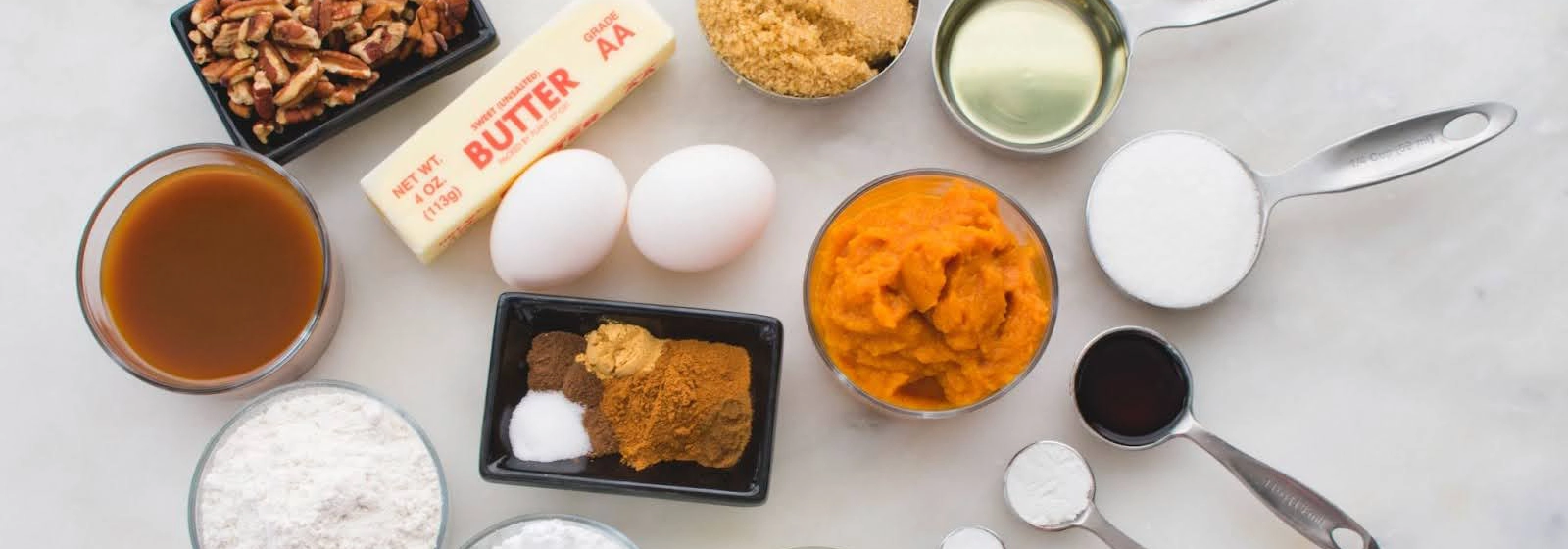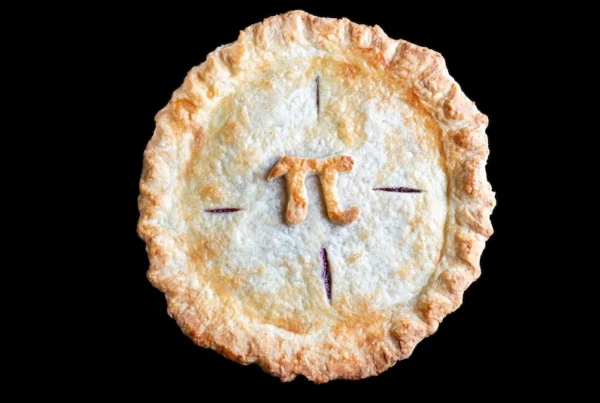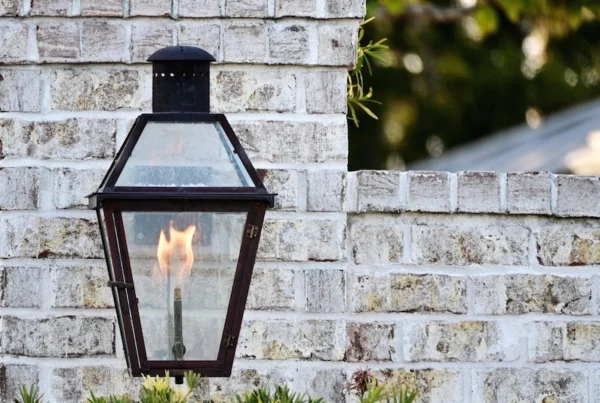Accurately measuring ingredients is not just important for cooking—it’s also a practical way to reinforce your understanding of fractions, something math students (and their parents!) encounter regularly. Today, we’ll take a closer look at a common kitchen conundrum: how to make 3/4 cup with a 1/2 cup measuring tool. This simple task blends culinary know-how with real-world math skills, showing how fractions are everywhere, even in your mixing bowl!
Whether you’re a middle schooler tackling fractions or a home baker perfecting a new recipe, this method makes math fun and builds confidence in the kitchen. Who knew numbers and cooking could be the perfect pair?
Understanding Fractions and Measurements
At its core, a fraction represents a part of a whole. The fraction 1/2 (one-half) means dividing something into two equal parts, while 3/4 (three-fourths) divides it into four equal parts but takes three of those parts. These concepts are not just found in math textbooks—they play a critical role in measuring liquids or solids in the kitchen.
Fractions teach us precision and proportionality, skills that are essential in baking and cooking. By understanding measurements like 1/2, 1/3, and 3/4, you can easily adapt recipes and fine-tune flavor profiles.
If you want to extend your knowledge further, this skill connects seamlessly with other mathematical concepts like converting fractions to percentages. Check out our resource on “Converting Fractions to Percentages” to explore how these concepts overlap in academics and beyond.
The Basics of 1/2 Cup
Before we measure 3/4 cup, let’s revisit what a 1/2 cup represents.
- A 1/2 cup is equal to 50% of one full cup.
- It’s also written as 0.5 in decimals, or expressed as 8 tablespoons in terms of volume.
Understanding the value of a 1/2 cup makes it simpler to use this tool to measure larger or smaller quantities. If your recipe calls for 1/4 cup, for example, you’d fill the 1/2 cup halfway.
Now that you’re clear on the basics, let’s combine these ideas to measure 3/4 cup.
Measuring 3/4 Cup Using a 1/2 Cup Measure
To measure 3/4 cup with a 1/2 cup measuring tool, we’ll work with fractions (and a touch of simple math). Follow these steps for accuracy:
Step 1: Start with One Full 1/2 Cup
- Fill your 1/2 cup measure completely and level it off with the flat edge of a knife for accuracy. This is your first portion, which equals 1/2 cup.
Step 2: Add Half of the 1/2 Cup
- Fill the 1/2 cup halfway to measure an additional 1/4 cup. To get this right, visualize splitting the 1/2 cup evenly into two parts. You now have 1/2 cup + 1/4 cup, or 3/4 cup in total.
Step 3 (Optional): Cross-check with Tablespoons
- If you want to double-check your measurement, note that 3/4 cup equals 12 tablespoons. Count them out for extra verification!
This simple breakdown shows how understanding fractions and proportions ensures precision in the kitchen.
When Would I Use This?
You might wonder, “When would I need to measure 3/4 cup?” This measurement comes up often in recipes for desserts, sauces, and soups. For example, a cookie recipe might call for 3/4 cup of butter, or a pancake batter might need 3/4 cup of milk.
Knowing how to measure a 3/4 cup with a 1/2 cup isn’t limited to the kitchen—it reinforces math skills, which can be applied to problem-solving in everyday life.
Further Learning with Mathematical Conversions
Understanding measurements like 3/4 and 1/2 cups lays the groundwork for exploring broader concepts, such as converting fractions to percentages or decimals.
For example, did you know that 3/4 is also 0.75 as a decimal or 75% as a percentage? Learning how to convert these forms can be incredibly useful in both academic and practical settings.
Check out this guide on “Converting Fractions to Percentages” to extend your learning. This practical skill can help with tasks like adjusting recipe proportions or scaling batch sizes.
Wrap-Up
Tackling small math challenges, like how to make 3/4 cup with a 1/2 cup measure, encourages critical thinking and builds real-world skills. Whether you’re a student applying your knowledge or a parent helping prepare a meal, this concept is an excellent way to merge learning with daily life.
Remember, math is everywhere—it even tastes good when it’s part of baking!




